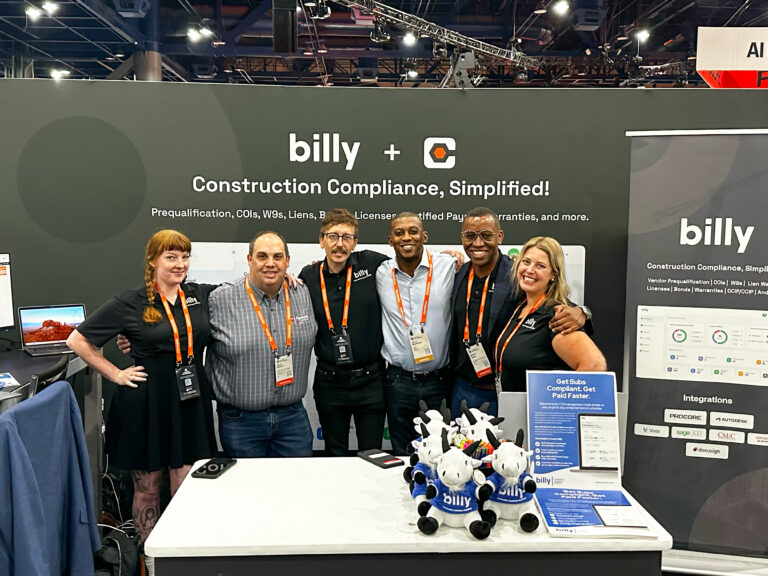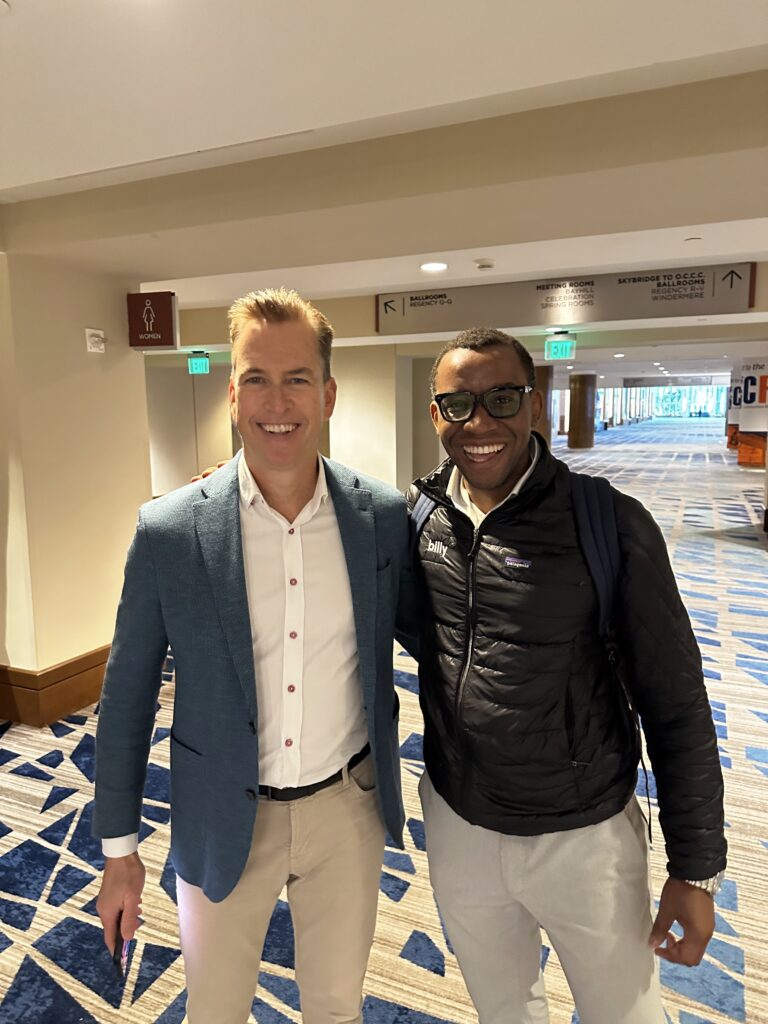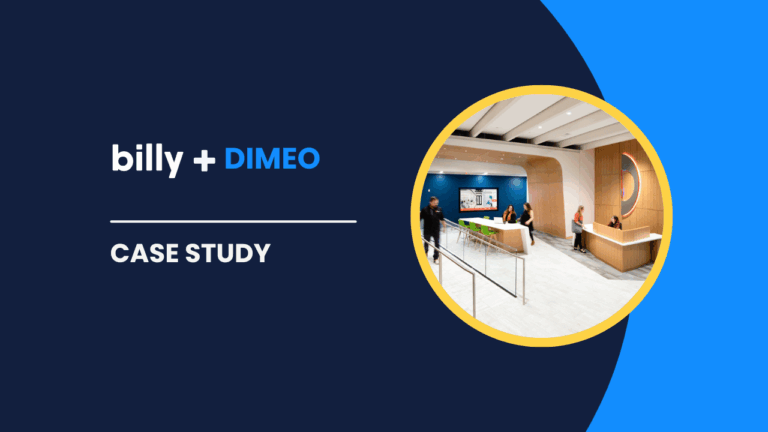Unexpected challenges in construction can make or break a project. From financial uncertainties to safety hazards and environmental concerns, the risks are endless—but they don’t have to derail your success. The key? A strategic, step-by-step approach to construction risk management that keeps projects on track, budgets intact, and teams prepared for anything.
Project managers can stay ahead of the curve by identifying and addressing potential threats before they escalate, reducing costly delays and inefficiencies. A well-structured construction risk management plan isn’t just about avoiding pitfalls—it’s about enhancing productivity, strengthening decision-making, and ensuring every project reaches the finish line smoothly.
Identifying Construction Risks
The first step in managing construction risks is identification. This involves recognizing potential risks that could affect the project.
Common risks include:
- Financial Risks: Budget overruns due to unforeseen expenses. These may arise from unexpected increases in material costs, changes in project scope, or delays that lead to additional expenses.
- Safety Risks: Accidents or injuries occurring on-site. Ensuring a safe working environment is critical, as injuries can lead to project delays and legal liabilities.
- Operational Risks: Delays due to equipment failure or resource shortages. Inefficient resource allocation or machine breakdowns can significantly hamper progress.
- Environmental Risks: Weather conditions affecting project timelines. Natural elements like rain, wind, and temperature fluctuations can disrupt construction activities.
By systematically identifying these risks, you can create a risk register that serves as a comprehensive list of all potential threats to the project. This register becomes a vital tool for continuous assessment and management of risks, allowing for strategic planning and allocation of resources.
Assessing Construction Risks
Once risks are identified, the next step is assessment. This involves evaluating the likelihood and impact of each risk. Understanding the potential impact of various risks allows project managers to allocate resources efficiently, focusing on the most pressing issues. Assessing risks helps prioritize them, allowing you to focus on mitigating the most significant threats first.
A risk matrix can be a valuable tool in this process, helping you visualize and categorize risks based on their probability and impact. This graphical representation aids in making informed decisions about risk management strategies. By plotting risks on a matrix, you can easily identify those that require immediate attention and those that can be monitored over time. The matrix serves as a guide for allocating resources and formulating response strategies.
Strategies for Mitigating Construction Risks
Effective risk mitigation requires a combination of strategic planning, technology, and communication. Here are some effective strategies:
Implementing Safety Protocols
Safety is a top priority. Establishing strong safety protocols reduces the risk of accidents and ensures compliance with industry regulations in construction. An effective safety program includes thorough training for all workers, regular safety audits, and the presence of safety officers on-site. Frequent safety training sessions and the use of personal protective equipment (PPE) are crucial elements of a solid safety strategy. By fostering a safety culture, you can reduce incidents and keep projects moving forward.
Ensuring that safety measures are not just implemented but ingrained into daily operations is crucial. This can be achieved through ongoing education and the promotion of safety awareness at all levels of the project. Encouraging workers to report potential hazards and rewarding safe practices can further enhance the safety culture on-site.
Leveraging Digital Technology
Digital technology and automation are transforming risk management in construction, making it easier to anticipate, address, and mitigate potential challenges. Top construction management platforms—such as Procore and Autodesk Construction Cloud—deliver real-time data and analytics that enhance decision-making, streamline workflows, and improve efficiency. These solutions ensure all stakeholders have access to up-to-date project information, fostering better collaboration and reducing miscommunication-related risks.
With Billy‘s seamless integrations, construction teams can take risk management to the next level. By automating compliance tracking, insurance verification, and document management, Billy eliminates time-consuming manual processes that often lead to costly errors. Additionally, with real-time insights and data-driven forecasting, project managers can proactively identify potential issues, optimize resource allocation, and develop contingency plans before problems escalate. This tech-driven approach not only reduces risks but also keeps projects on schedule and within budget.
Ensuring Subcontractor Insurance
Subcontractor insurance is a crucial aspect of risk management. Ensuring that all subcontractors have adequate insurance coverage protects against financial losses due to accidents or negligence. This step is vital in safeguarding the project from unforeseen liabilities that could arise from subcontractor actions. Verify insurance certificates and maintain records to ensure compliance and mitigate liability.
Regularly reviewing and updating subcontractor agreements and certificates of insurance is essential. This practice ensures that all parties are adequately covered throughout the project duration. Establishing clear contractual terms regarding insurance requirements can also prevent disputes and foster a cooperative working relationship.

Ensuring Construction Compliance
Construction compliance with industry standards and regulations is an integral part of risk management. Failing to comply can lead to legal penalties and project delays. Compliance is not just about meeting legal requirements; it’s about ensuring quality and safety throughout the project lifecycle. Here’s how you can ensure compliance:
Staying Updated with Regulations
The construction industry is subject to numerous regulations that can change over time. Staying informed about the latest compliance requirements is crucial. This involves actively seeking out information on regulatory updates and potential changes that could affect your project. Subscribe to industry newsletters, attend workshops, and consult with experts to ensure you’re always up-to-date.
Conducting Regular Audits
Regular audits of construction processes and documentation help identify areas of non-compliance. These audits provide valuable insights into potential risks and areas for improvement. By systematically reviewing your project’s adherence to regulations, you can identify gaps and take corrective actions promptly. Use audit findings to adjust processes and enhance compliance efforts.
Audits also serve as a learning tool, providing feedback that can be used to refine and improve your compliance strategies. By incorporating audit results into training programs, you can ensure continuous improvement and adherence to best practices.
Real-World Success: How Gardner Builders Enhance Their Risk Management With Billy
The power of digital technology and automation in risk management isn’t just theoretical—it’s already making a tangible impact in the construction industry. Gardner Builders, for example, was faced with the challenge of managing hundreds of certificates of insurance across multiple projects; they needed a solution that would streamline compliance tracking and reduce administrative burdens.
By implementing Billy’s automated COI tracking system, Gardner Builders eliminated the need for manual data entry and follow-ups, ensuring that every subcontractor and vendor remained compliant without delays. The system provided real-time alerts for missing or expired COIs, significantly reducing risk exposure and administrative headaches. Integrated with Procore, this automation created a seamless workflow, allowing project managers to focus on execution rather than paperwork.
The results? Increased efficiency, reduced compliance risks, and a smoother project workflow. By leveraging Billy’s digital solutions, Gardner Builders kept projects on track, minimized liability, and ensured compliance with insurance requirements—proving that embracing technology is a game-changer in construction risk management.
The Key to Construction Risk Management Success
Managing risk in construction is a critical aspect of ensuring project success. By understanding the risk management process, leveraging digital technology, and ensuring compliance with industry standards, you can mitigate potential threats and enhance project outcomes. Risk management is not just a defensive strategy but a pathway to innovation and efficiency. Remember, effective risk management is not a one-time task but an ongoing effort that requires continuous monitoring and adaptation.
As a construction professional, your ability to manage risks effectively will not only safeguard your projects but also build a reputation for reliability and excellence in the industry. This reputation can lead to increased opportunities and long-term success.
Frequently Asked Questions
Do subcontractors need builders’ risk insurance?
It depends on the contract. Typically, the general contractor or property owner carries builders’ risk insurance, but subcontractors may need their own coverage for tools, equipment, or materials they provide.
Are subcontractors covered under contractor insurance?
General contractors may have insurance, but it often doesn’t extend full coverage to subcontractors. Subcontractors should carry their own liability and workers’ compensation insurance to ensure proper protection.
What are the benefits of using a CRIS-certified professional for construction?
CRIS-certified professionals specialize in construction risk management, helping you navigate complex insurance requirements, reduce liability, and ensure compliance. With Billy’s Managed Services, you gain access to CRIS-certified experts who handle COI tracking and compliance, minimizing risks while streamlining your insurance processes.





